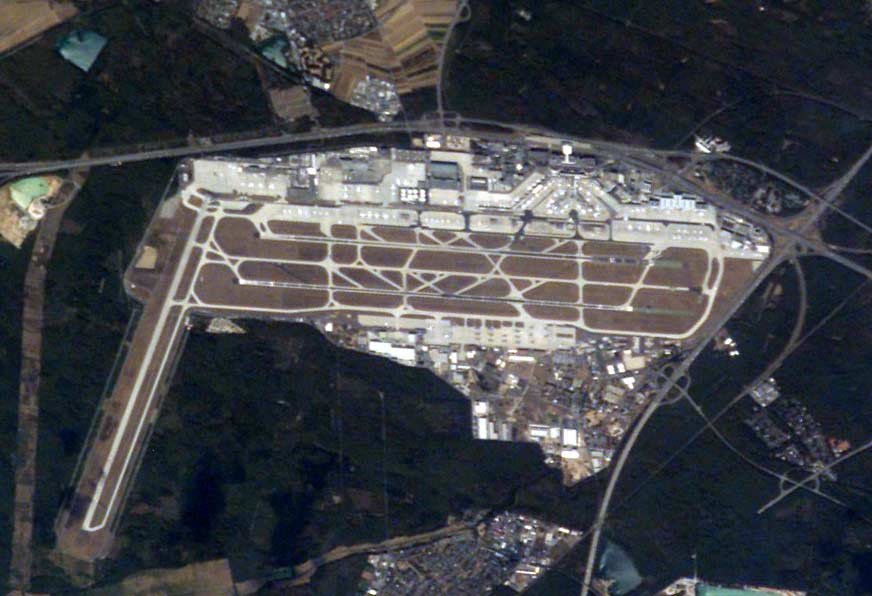Die Startbahn
For over two decades ending in 1987, the extension of Frankfurt Airport through the construction of a new take off runway (Startbahn 18 West) was accompanied by vocal protests by environmentalists and local residents. This study aims to explain why this particular infrastructural project galvanized such a big and long-lasting protest movement. The project is based on an object-centered approach following the so called “material turn” in science and technology studies. What properties of the runway made it the target of relentless protest, occasionally resulting in violence, and what properties made it so attractive for planners and engineers who would aim to see it through unmoved by its local unpopularity?
The runway was opposed due to its extensive noise pollution and the fact that it would clear a forest that locals used for recreation. This could be dismissed as a mere “not-in-my backyard” reaction of limited scope, but the movement extended beyond the boundaries of regional concerns. Additionally, it should be noted that the runway did not represent the introduction of a new technology and the risk of a major accident that would affect an entire population seemed negligible. Aviation was not a technology that could be "phased out," such as with nuclear energy and the burning of coal. The question is, therefore, what was at stake?
The hypothesis of this project is that the runway was the concrete outgrowth of a technocratic regime allegedly lacking democratic legitimacy. It was thus both a tangible disturbance of suburban living and a symbol for a tenacious elite that moved along with plans that promised enhanced aeromobility and economic growth. The aim is to follow the runway’s material qualities through several layers of discourse. It touched upon environmental, medical, economic, political, and cultural concerns. Discourse analysis will place the runway within a network of material and social relations following the categories developed in the Actor-Network-Theory by Bruno Latour and others. Installations such as aviation infrastructures have obtained a cultural meaning and are thus socio-technological systems that challenge the distinction between knowledge and society, especially as they are caught in an entanglement of expertise and counter-expertise. The runway stands for two kinds of mobilizations, one within a system of globalized connections, and another within a social movement that mobilized public protest and alternative forms of knowledge to reach their objectives.


